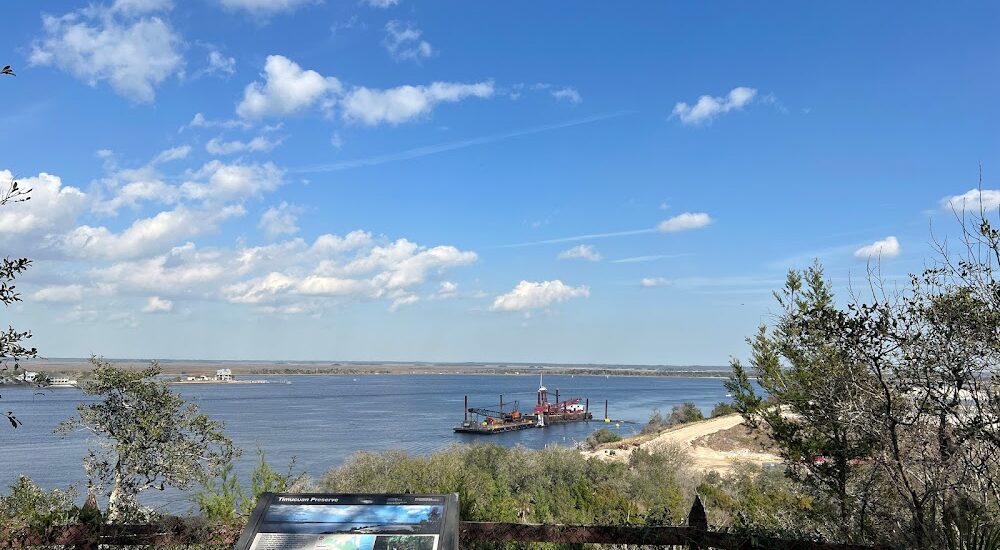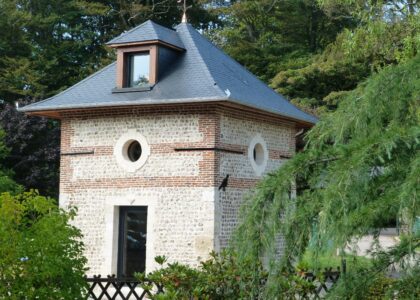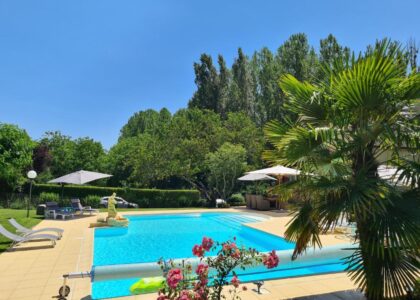Welcome to the Ribault Column Monument, a historical landmark that marks a significant chapter in the early European exploration and settlement of North America. As you gaze upon this monument, imagine the year 1562, when French Huguenot explorer Jean Ribault first set foot on these shores. He arrived with a mission to establish a French presence in the New World, under the auspices of Admiral Gaspard de Coligny, a prominent Huguenot leader and advocate for the Reformation.
Ribault and his crew navigated the waters of what is now known as the St. Johns River, naming it the River of May due to their arrival in that month. At the river’s mouth, Ribault erected a stone column to claim the land for France, marking the beginning of French aspirations in Florida. This act was not just a claim to territory but a symbol of hope and ambition for the Huguenots, who were seeking a safe haven from the religious strife tearing through France.
The monument you see today is a replica of Ribault’s original column, standing as a testament to those early explorers and their daring ventures. The French presence in Florida, however, was short-lived. In 1564, René Goulaine de Laudonnière, a lieutenant of Ribault, established Fort Caroline further inland along the St. Johns River. This settlement became one of the first European colonies in the continental United States.
The French colony faced many challenges, including food shortages and conflicts with the Spanish, who viewed the French presence as a threat. In 1565, the Spanish, led by Pedro Menéndez de Avilés, attacked and captured Fort Caroline, leading to the tragic massacre of Ribault and many of his men at Matanzas Inlet. Despite this grim ending, the story of Ribault and Fort Caroline is a poignant reminder of the early clashes between European powers in the New World and the enduring quest for religious freedom.
Today, the Ribault Column Monument stands within the Timucuan Ecological and Historic Preserve, offering visitors a glimpse into this dramatic past. The surrounding area, rich with history and natural beauty, invites reflection on the centuries of human and cultural evolution that have shaped it.





